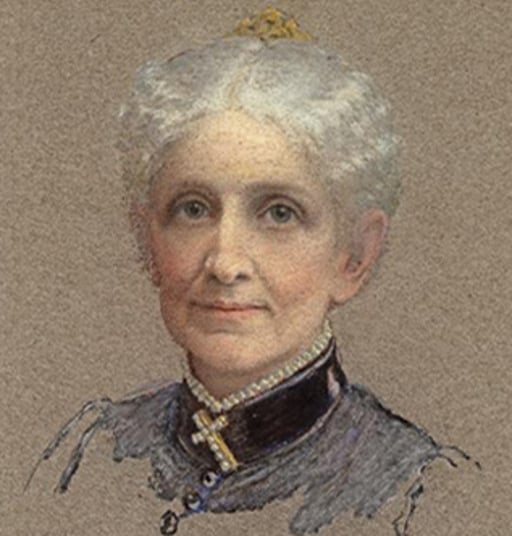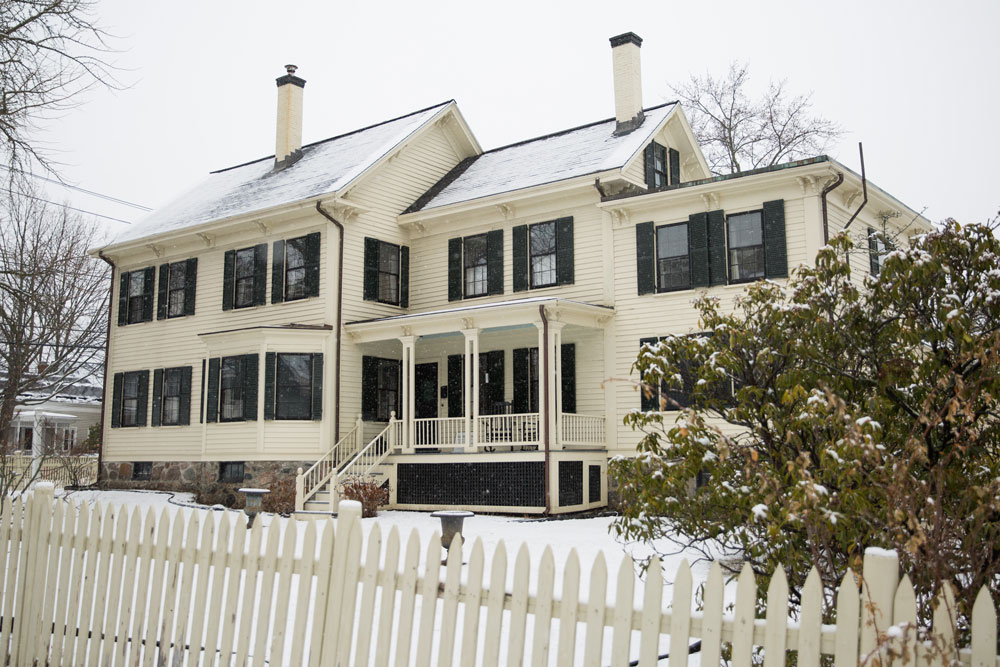
Recovery “all through prayer”
In Lynn, Massachusetts, on the evening of February 1, 1866, Mrs. Patterson sustained serious internal injuries from a fall on an icy sidewalk. The next day, she was brought home in a sleigh and carried upstairs to the Pattersons’ second-floor apartment at 23 Paradise Road. She was placed on a cot in the kitchen near the heat of the stove. There she lay, unable to stand or walk, the slightest movement causing intense pain.
The attending physician offered little hope she would recover. Anxious friends gathered in the parlor, fearing the worst. Her minister was sent for. Her husband, away at the time, was telegraphed to come home immediately. Three days passed with no improvement.
On Sunday, turning to her Bible, Mary became deeply inspired by an account of one of Jesus’ healings. In a moment of profound spiritual insight, she found herself suddenly able to get up from the cot and cross the room unaided. Her friends were amazed. “This is all through prayer,” she told them.1 As her health improved in the months ahead, she realized that moment had been a turning point.
An ending and a beginning
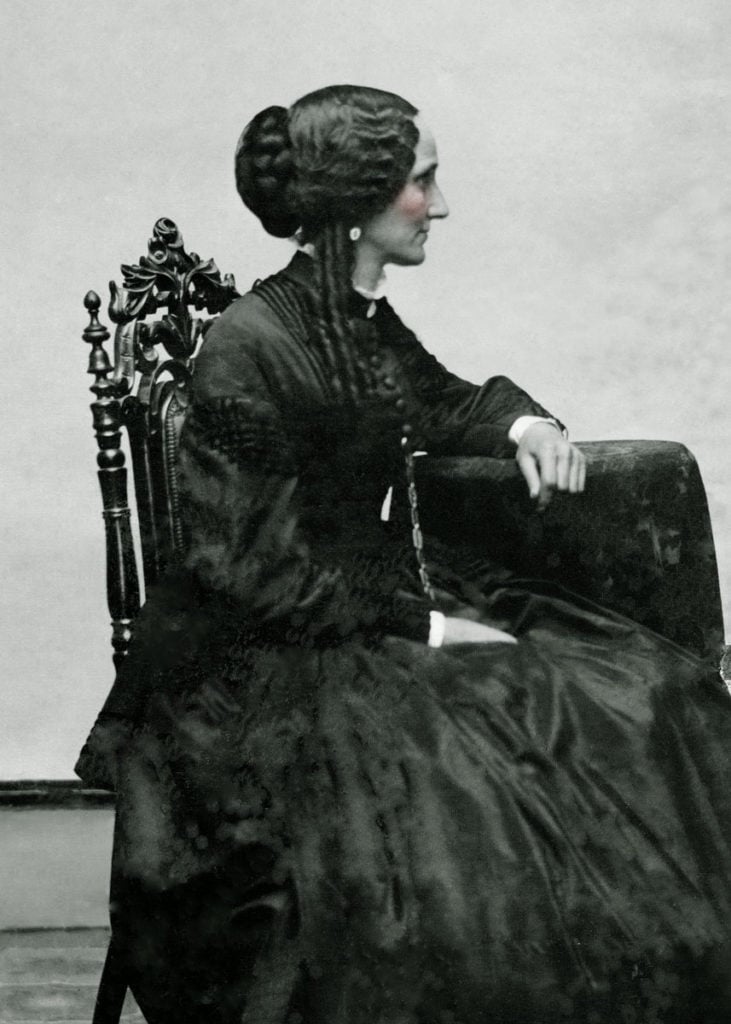
A few months later her husband, Daniel Patterson, deserted her, bringing to an end her years of struggling to maintain a home with him.
For the next 10 years she resumed the name of her late first husband, Glover. In meager circumstances, she was forced to move from one rented room to another. All the while, she relentlessly sought to understand the power that had healed her. She had experienced a profound moment of spiritual clarity. But it was only a beginning.
She was nearly 45 years old, impoverished, frail, and alone. Everything she accomplished would come in the 45 years that lay ahead.
Healing the sick
Through the years from 1866 onward, her discoveries were put to the test, patient after patient being healed entirely through prayer.
A woman with a dislocated hip was healed, as was a boy with a deeply abscessed finger. A man with consumption – a child she met on a beach, crippled since birth – a teamster crushed in an accident – patients suffering from enteritis, pneumonia, diphtheria, cancer, insanity, ankylosed joints, deafness, dumbness, brain fever, carious bones, and deformed limbs – these were among Mrs. Glover’s many cases of healing.
Researching the Scriptures
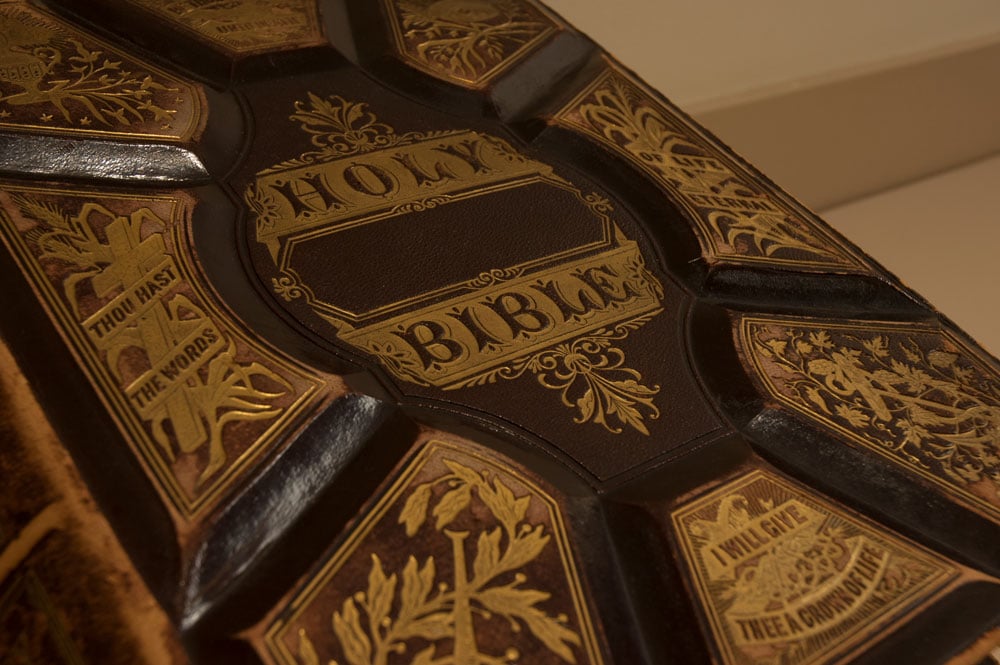
She searched for the link between the healings she was experiencing and the spiritual laws of God. She later wrote that “. . . in the latter part of 1866 I gained the scientific certainty that all causation was Mind [God], and every effect a mental phenomenon.”
Intensifying her study of the Bible, especially the healings of Jesus, the next three years from 1867 to 1870 were spent making voluminous notes. The development of her thought is traced in these hundreds of pages. The discoveries that were emerging would, in time, produce the sermons, classroom courses, and published writings that would make her one of the most admired and debated women of her day.
Christian Science
Her discovery had no name as yet. She saw it as the reinstated practice of primitive Christianity with its “signs following.” At first she called her system “Moral Science,” emphasizing its mental nature. In time she would name the religion “Christian Science,” emphasizing its Christian character.2 She later wrote in Retrospection and Introspection:
I named it Christian, because it is compassionate, helpful, and spiritual. God I called immortal Mind. That which sins, suffers, and dies, I named mortal mind. The physical senses, or sensuous nature, I called error and shadow. Soul I denominated substance, because Soul alone is truly substantial. God I characterized as individual entity, but His corporeality I denied. The real I claimed as eternal; and its antipodes, or the temporal, I described as unreal. Spirit I called the reality; and matter, the unreality.
She insisted that healings experienced by a growing number of patients were but a vestibule to moral regeneration and spiritual growth. She would write in Rudimental Divine Science:
Healing physical sickness is … only the bugle-call to thought and action, in the higher range of infinite goodness. The emphatic purpose of Christian Science is the healing of sin; and this task, sometimes, may be harder than the cure of disease; because, while mortals love to sin, they do not love to be sick.
Teaching the science of Christian healing
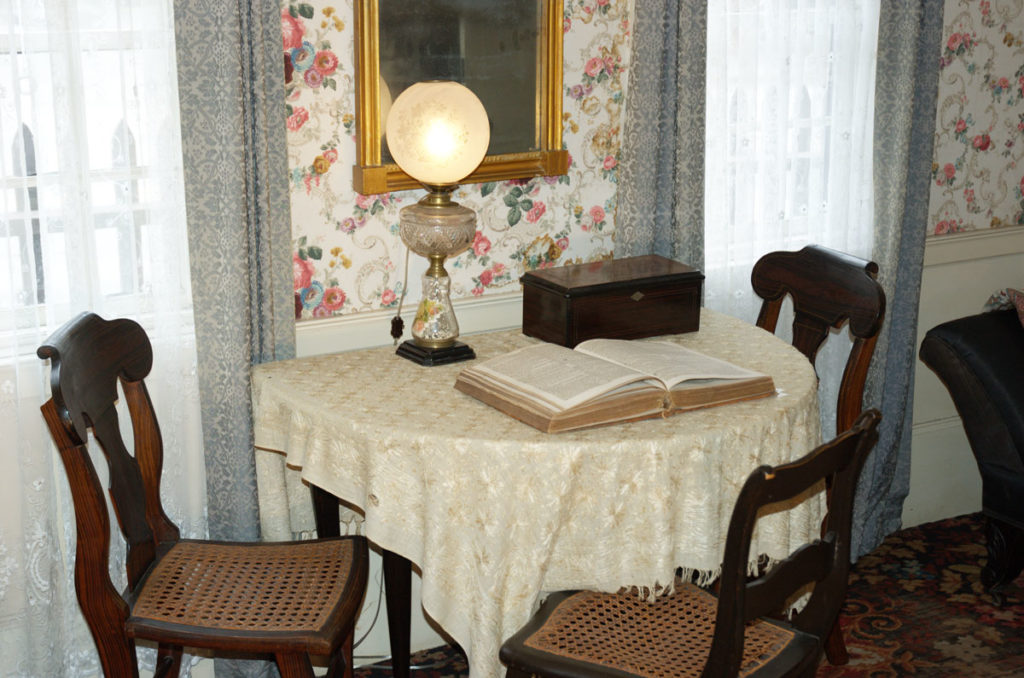
If healing were only the personal talent of one lone lady in Lynn, Christian Science could not have grown beyond her. But she saw the healings as evidence of universal laws of God that could be taught to others.
Shortly after her recovery she began to teach the science of Christian healing. The beginning was small — a single pupil, Hiram Crafts, in early 1867. Then, a second and a third in Amesbury, Massachusetts.
In September 1868 she rented a room with the Wentworth family at Stoughton, Massachusetts. Sally Wentworth, her fourth student, became a successful practitioner of healing through prayer.
Returning to Lynn in the summer of 1870, Mary Glover found her classes growing. Each class of a handful of students received a three-week course of 12 lessons, which prepared them to heal themselves and others. In the years ahead, she would charter a college for her classes.
But first, the Science needed a textbook.

Writing Science and Health
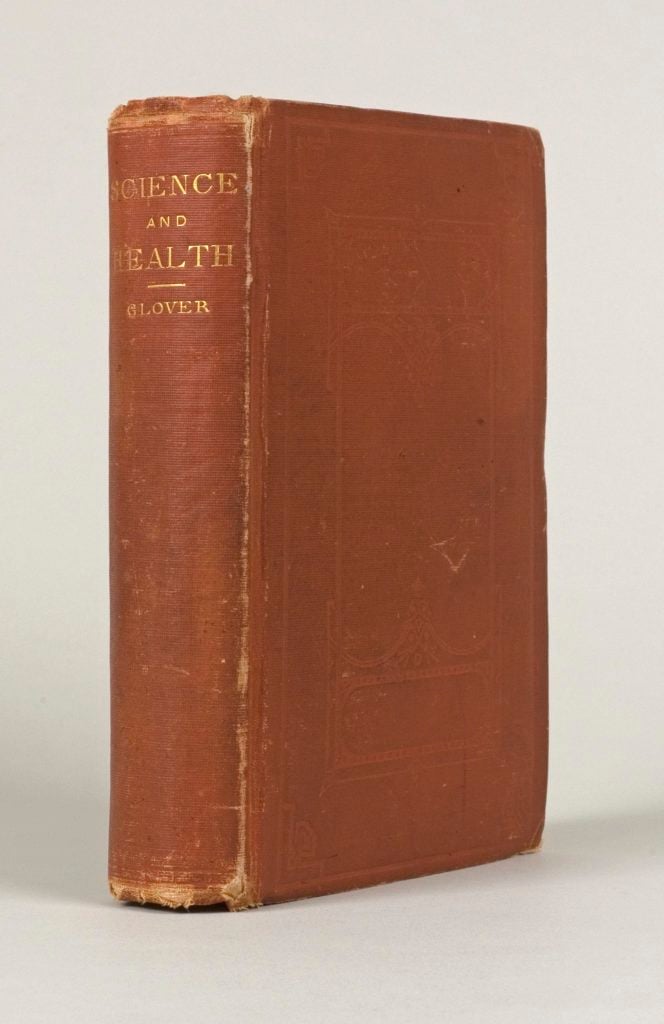
In 1868, a Mrs. Gale of Manchester, New Hampshire, was dying of pneumonia, according to the attending physician. A telegram to Mrs. Glover begged her to come to Mrs. Gale’s aid. She went.
Through her prayerful treatment, the patient was immediately healed. Observing this, the astonished physician urged Mrs. Glover to publish her Science in a book and “give it to the world.”
By early 1872, Mary was ready to put teaching aside and turning her attention to what would become the Christian Science textbook. The writing of Science and Health went on during three arduous years, from 1872 to 1875. The growing manuscript drew on what she had learned while writing her extensive Bible notes and her notes for classroom teaching. It drew many lessons from what she had proven in her healing work. But most of what filled the pages each day came in a flood of inspiration and insight. The rush of words raced across sheets of paper that often spilled from her lap and lay scattered around her on the floor.
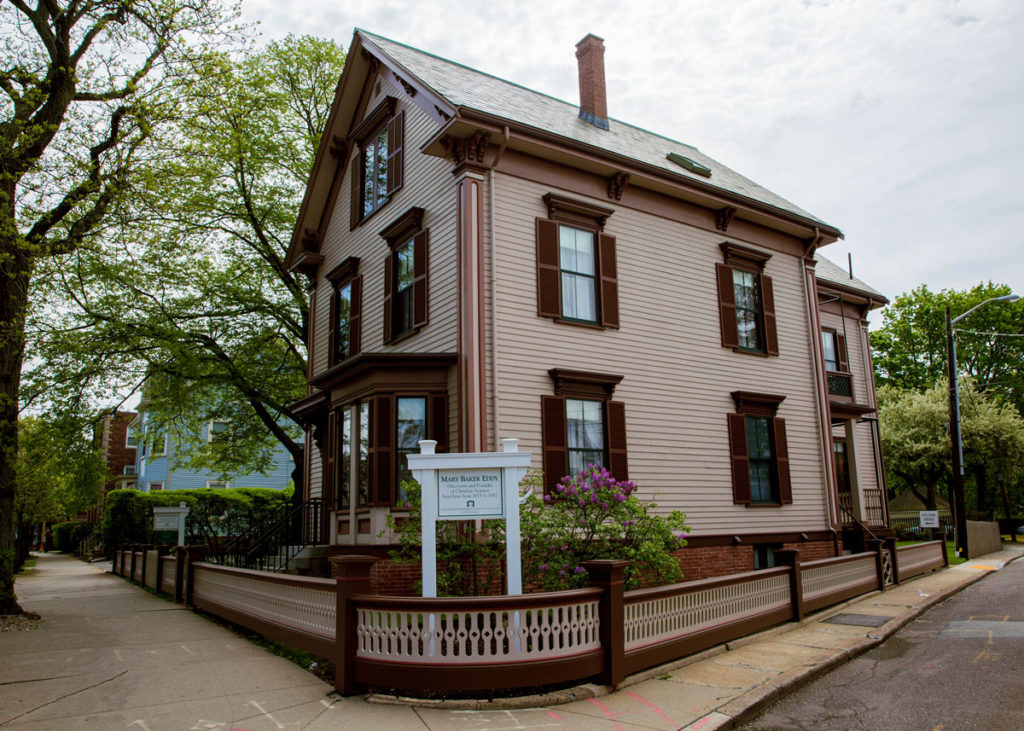
By the fall of 1873, she was bundling up the pages and offering her manuscript to Boston publishers. They were not interested. She would have to become her own publisher.
In the spring of 1875, she purchased a house at 8 Broad Street in Lynn. There, in a small skylight room under the eaves, she completed the manuscript, adding 14 important pages, inserted within the last chapter, “Healing the Sick.” The topic in these pages would evolve later into a separate chapter, “Animal Magnetism Unmasked.”
She found a printer and began the labor of proofing and correcting the often-botched efforts of a typesetter who repeatedly altered wording he judged hard to understand. The task was tedious, but the work went on. In October of that year, the book was published.
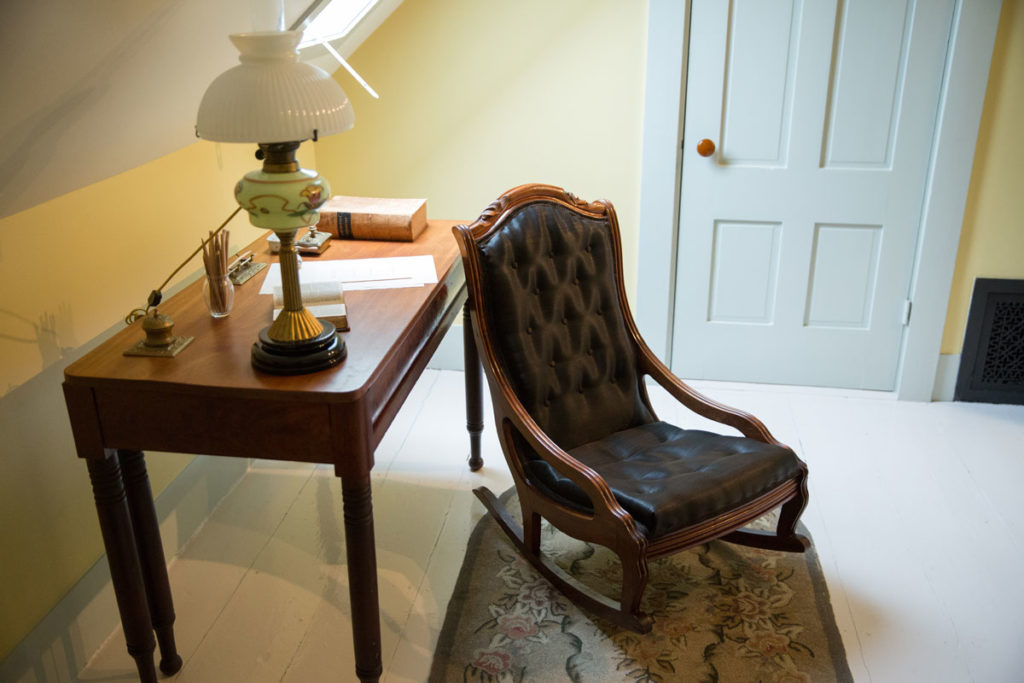
By the following year – 1876 – bookstores were displaying a new work from the Christian Scientist Publishing Company: Science and Health, by Mary B. Glover.3
During the next 35 years she would edit this textbook over and over, refining and clarifying its message through eight major revisions and well over 400 printings (which averaged a thousand copies each).
Since that first edition in 1875 until today, the book that publishers predicted would never interest the public has found millions of readers worldwide.
Mr. and Mrs. Eddy
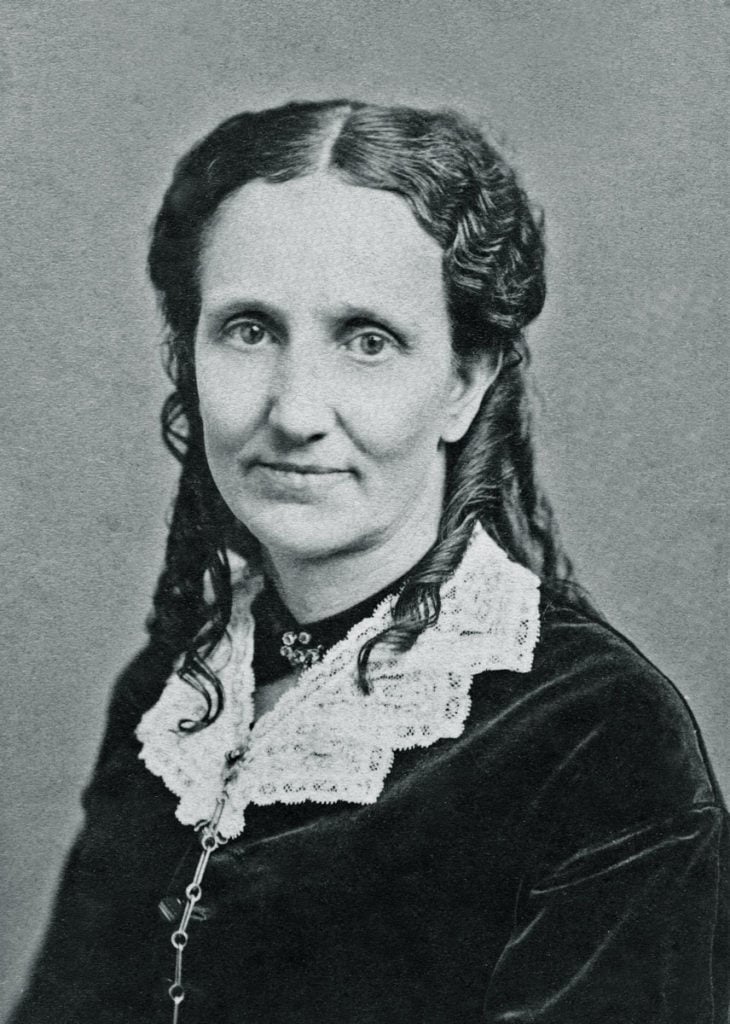
With Science and Health nearing publication, Mrs. Glover resumed teaching in the parlor of her Broad Street home. Students now included people who would become steadfast workers in the Christian Science movement, such as Julia Bartlett, Calvin Frye and, in 1876, Asa Gilbert Eddy.
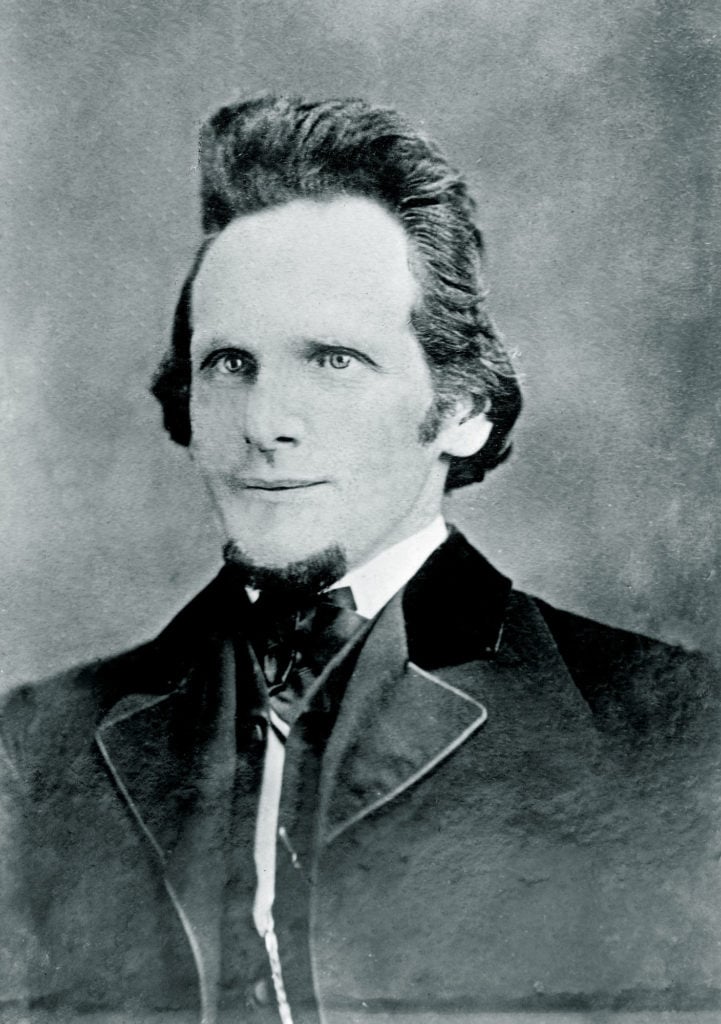
Gilbert Eddy (as he was known to his friends) opened an office for the practice of Christian Science healing, and became the first to advertise as a Christian Scientist. In January 1877, with her marriage to Gilbert in the parlor of her home in Lynn, the author of Science and Health became Mary Baker Eddy.
A gentle, likable man, her husband was a strong support to her. He researched copyright law to protect her writings and became her publisher for the next editions of Science and Health. Shortly after the Eddys moved to Boston in 1882, Gilbert passed away, leaving her to carry on, once again alone.
Founding her church
In the Church Manual, the titles of Discoverer, Founder, and Leader are associated exclusively with Mary Baker Eddy. Mrs. Eddy founded the Christian Science movement and its church, leaning on her prayers for divine guidance. As Leader, she led by face-to-face instruction and counsel, by organizational directive, by letters to her students and followers, and by example.
In April 1879 in Lynn, Massachusetts, with barely a dozen members, the Christian Scientist Association voted to organize a church. Its purpose, Mrs. Eddy wrote later, was to “reinstate primitive Christianity and its lost element of healing.”4
Her first thought was to name it the Church of Christ. But to distinguish her church from other churches with that name she added a word of clarification in parentheses, and a few months later the state of Massachusetts granted a charter to the “Church of Christ (Scientist).”
The definitive steps in founding her Church would wait nearly 15 years, until the 1890s.
Lecturing and preaching
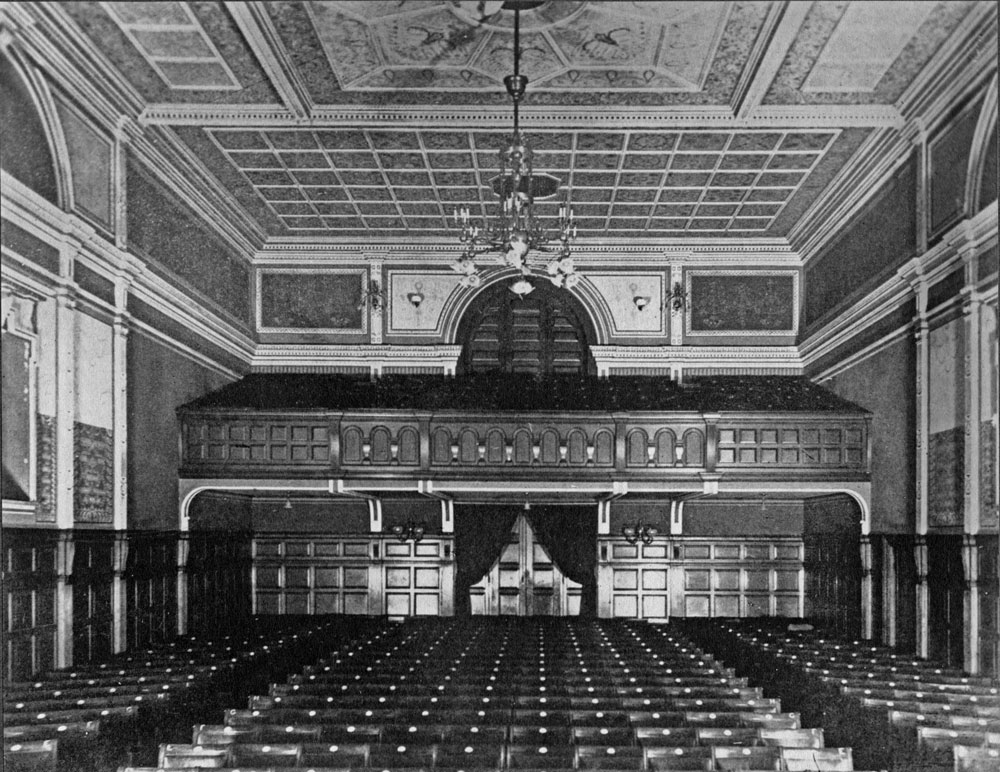
In an era when lectures and sermons were major media for addressing the public, Mrs. Eddy was a notable public speaker. In the late 1870s and 1880s in Lynn and in Boston, her periodic parlor talks gave way to regular addresses and sermons in ever-larger rented halls.
Twice she lectured to overflow audiences in Chicago auditoriums, and in 1889 she addressed over 1,000 at Steinway Hall in New York City.
As late as 1898, nearing her 80th year, she preached at Christian Science Hall in Concord, New Hampshire, to a packed house which included several newspaper reporters.
The Massachusetts Metaphysical College
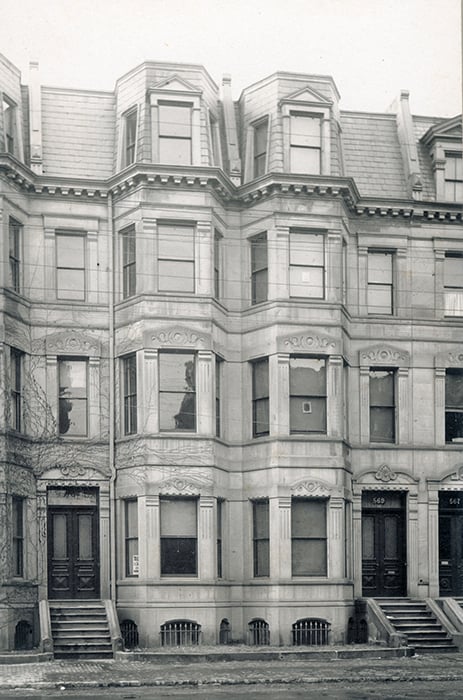
The Massachusetts Metaphysical College was chartered in January 1881. The first sessions were conducted in Lynn. In 1882, the Eddys moved to Boston, and the College re-opened at 569 Columbus Avenue with Mrs. Eddy as its president and virtually its only teacher.
During the seven years in Boston, what had begun in 1867 as one student alone with the teacher expanded to classrooms full of students, and then to Christian Science Institutes and practitioners of Christian Science healing from coast to coast and overseas.
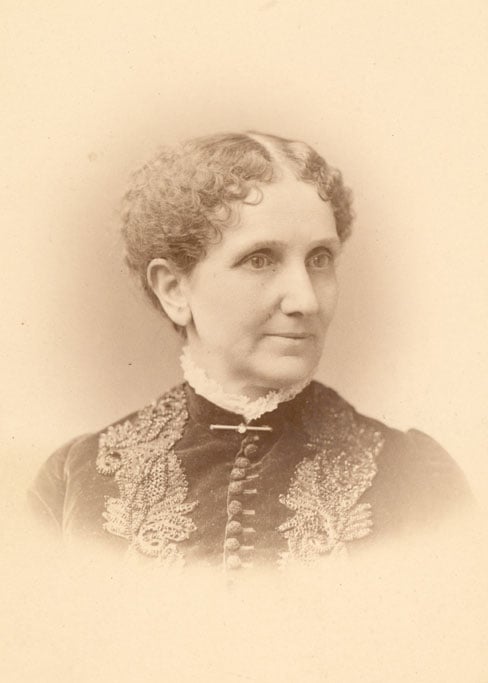
The growth is documented by listings in the bi-monthly Journal of Christian Science, which Mrs. Eddy established in 1883, and which grew into a monthly publication, renamed The Christian Science Journal. By the end of the decade, hundreds from around the country and beyond were applying to enter her classes.
In March 1889, she taught her largest Primary class ever: 65 students. But her Normal class that year would be her last classroom teaching in Boston. After that class she left Boston and, during the next few months, closed the College. Settling in Concord, New Hampshire, she turned her attention to other pressing work.
